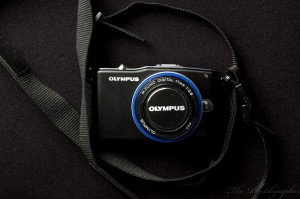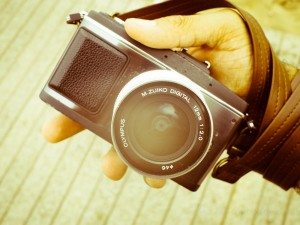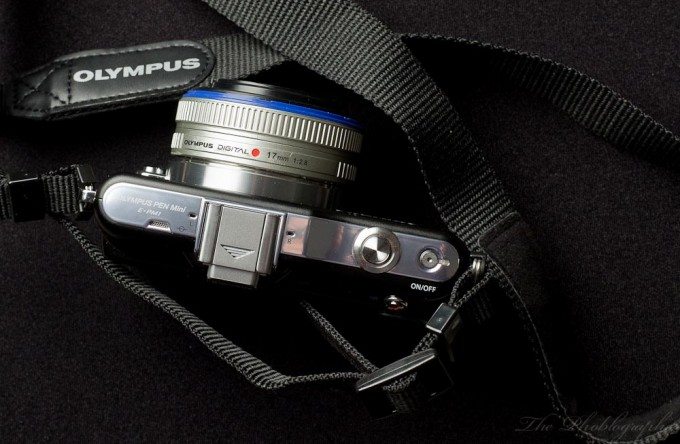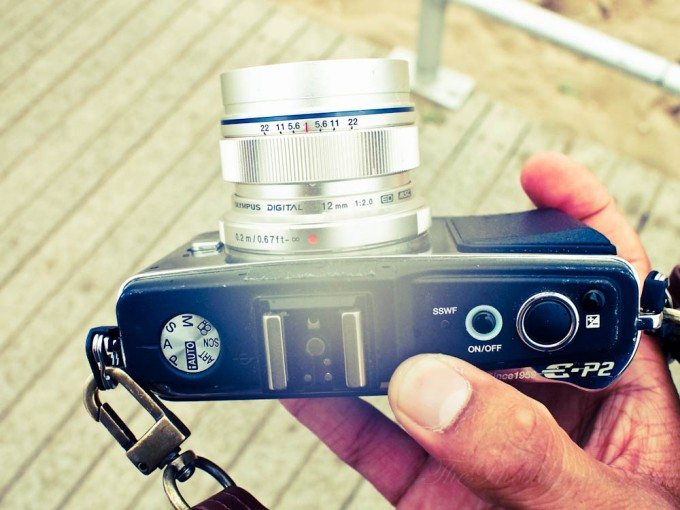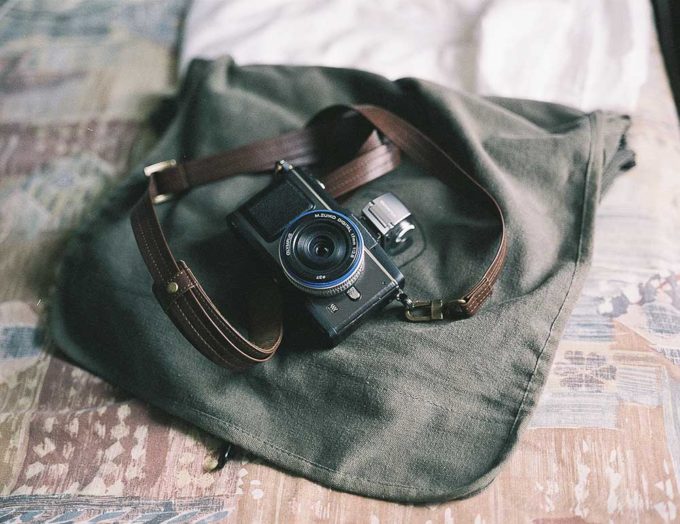Although is a bit of an out of the ordinary comparison review, it is one that totally makes sense. If you’re an owner of an older Micro Four Thirds product, would you want to upgrade? We compared the EP2 against the EP3 before, but some readers may not be able to justify the EP3‘s expense. That’s not to say it’s not worth it; after reading our review, many readers jumped ship. But the EPM1 (EPM-1 or E-PM1) is a camera that is mostly targeted towards the non-technical user. However, if left in Aperture priority, the camera can do very well in an experienced user’s hands when needing to shoot candid photos.
So if you want a more affordable option, is the Olympus EPM1 worth the plunge if you own an EP2; especially if for $100 more you get the VF2 added on? And if you want, the VF3 works on the EP2 as well.
First off, you should also check out our full review of the camera.
Major Upgrades and Differences
Upgrades:
– Fast Focusing system with the new MSC algorithms in the EPM1
– EPM1 is compatible with all the latest attachments
– EPM1 is Eye-Fi Card ready.
Downgrades:
– EP2’s build quality is much more robust
– EP2 has a plethora of more buttons and easier manual controls.
– The EP2 has more art filters.
Ergonomics
When it comes to ergonomics, note that the EPM1 is extremely smooth, and very slick. It almost makes me want to cover some parts of it in Gaffer’s tape for easier gripping. When left in aperture priority to just point and shoot while still giving you some control, you’ll be happy to know that when the camera is hanging around your body, you have less dials to accidentally turn: that was one of my biggest problems with the EP2 because it throws off your exposure.
However, when the EP2 is always kept in your hand with your strap wrapped around your wrist, you’ll find almost no problems with said dials being thrown off. And in that case, the EP2 has a much more solid feel in your hand and it is easier to grip while on the go. Indeed, it feels a lot like an old rangefinder or even the old Pen cameras from the film days.
Do note that the camera’s stunning good looks will turn heads though; which isn’t the best for your stealthy ninja work as a street photographer.
Build Quality
EP2 has been a camera that has stuck by me nearly every day since I’ve bought it. The build quality combined with versatility and image quality is just amazing.
It’s so small, yet built so well and I can leave it in Aperture priority and just shoot because the metering is just that damned good. But the EPM1 is smaller and I’ve seen one drop off of a desk, hit the floor and still survive to keep clicking. The EPM1 is built well enough, but the EP2 has proven itself to be super tough and to survive me even shooting with it out in the rain.
Because of that alone, I’m giving build quality to the EP2.
Image Quality
Because of the new processor, the EPM1 wins by default in high ISO settings. You can see just how good the files are from the EP3, the EPM1’s bigger brother, here. Here is how each camera does in good lighting though. This was shot outside my house at ISO 200, F2.8 and 1/1250 sec. They are RAWs converted straight to JPEG and resized for the web. No editing at all was done to either file.


According to Lightroom 3, the histograms were exactly the same. But from the looks of the images, it seems that the EP2 retains more detail. However, I know that in post-production that both files are fairly versatile with the edge going to the EPM1.
In a case like this, the EPM1 wins by a hair because of the fact that I’m very happy with what I get with the EP2. If you want much better, you’re looking at the Sony NEX C3 or Ricoh GXR at the very least.
Focusing
Ease of Use
This is a tough one:
– Changing any setting at all means going through the EPM-1’s menu system. But when they’re in place, operation is smooth as butter for the most part.
– The EP2’s settings are all right where you need them in the form of buttons.
For the advanced user, they will most likely prefer the buttons. And because of that, the EP2 wins in this case because of the way that our brains are hardwired. The EPM1 may be found limiting to us while the EP2 may be found as too complex to the lower end user.
Conclusions
Olympus gave me the EPM1 as part of the PenReady project; so I get to keep it. I actually spent money on the EP2 a while back though. Is one better than the other? In some ways, they’re about the same. One has a faster AF and emphasis on just taking photos while the other one has the controls in all the right places and has a far better build quality. In fact, I’d have no problem slinging both cameras around me with the SLR Magic 26mm f1.4 on one and the 17mm f2.8 on the other; or even the new kit lens due to the fast focusing and at just how good it is in terms of image quality. The duo would work very well together and I know that future accessories will have better support through the EPM1. For example, if I suddenly decide to spring for the 12mm f2, I know that it will focus quickly on the EPM1 but not the EP2.
So in the end, I’d actually say that the two cameras could easily compliment each other. But if you had to go with one:
– EP2 for manual focus lenses
– EPM1 for autofocus lenses
The faster focusing on the EPM1 only makes sense to use the latest fast focusing pieces of glass. But if you’re an manual focusing user, you’ll demand only the best build quality the same way you do from your lenses. In that case, the EP2 is your choice. Believe it or not, the VF3 will also be a great compliment to that camera.
Please Support The Phoblographer
We love to bring you guys the latest and greatest news and gear related stuff. However, we can’t keep doing that unless we have your continued support. If you would like to purchase any of the items mentioned, please do so by clicking our links first and then purchasing the items as we then get a small portion of the sale to help run the website.



